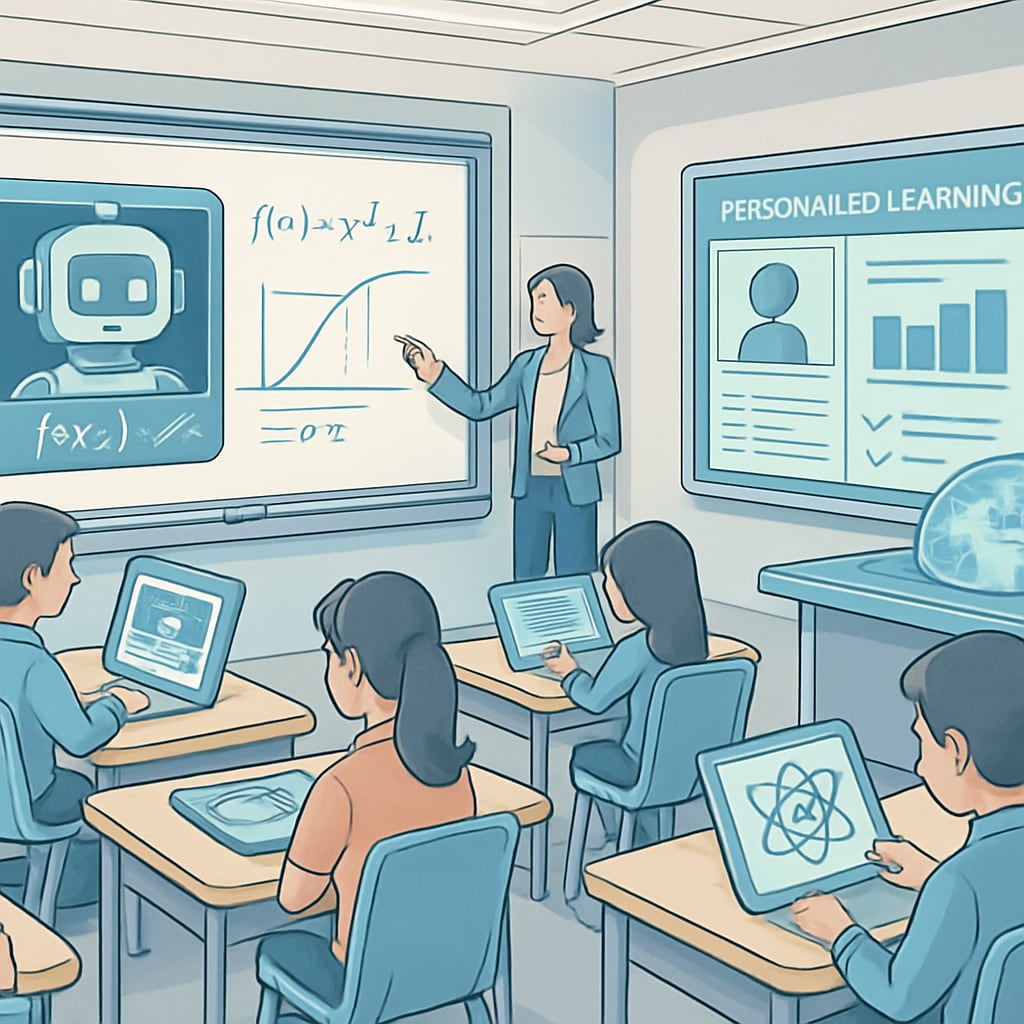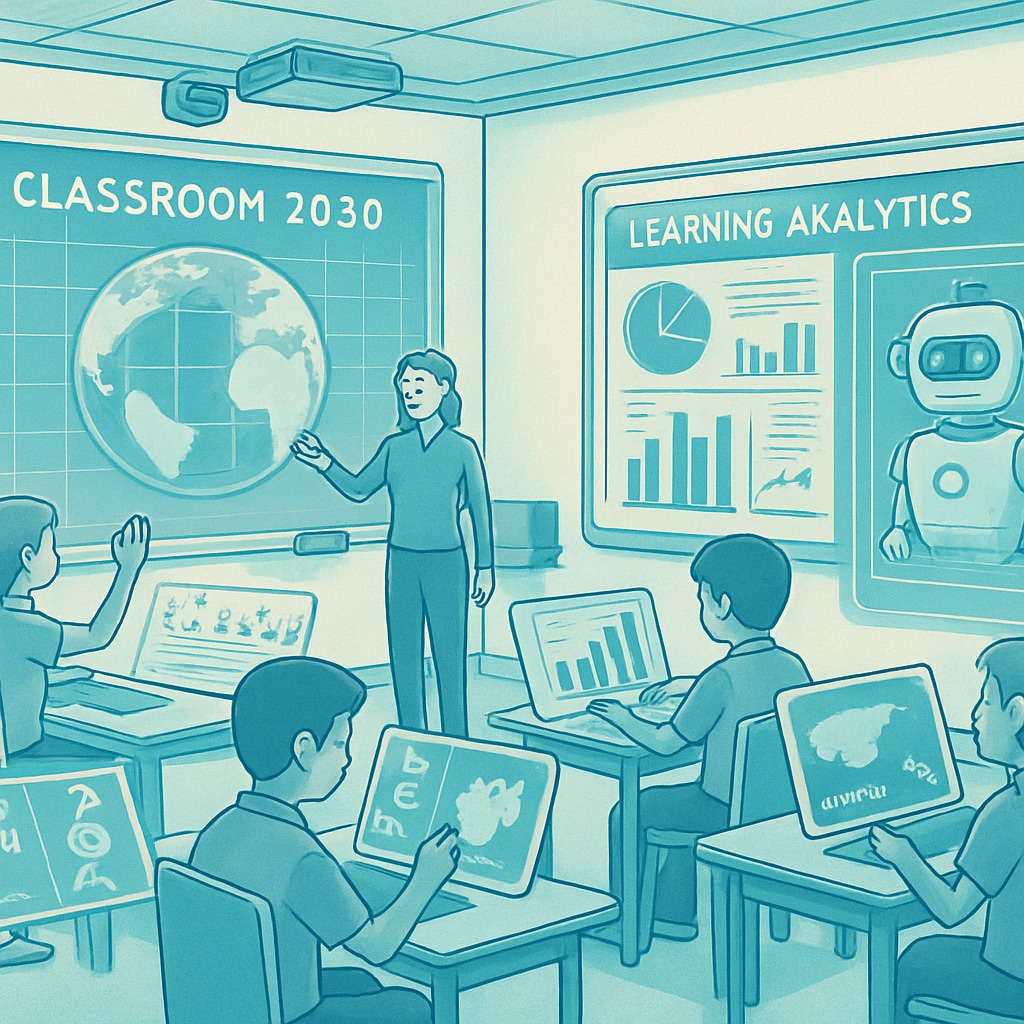Artificial intelligence education, education trends, and the 2030 education future are rapidly transforming how students learn and teachers teach in K12 classrooms. With AI technology advancing at an unprecedented rate, schools worldwide are beginning to experience profound changes in personalized learning, teaching methods, and administrative efficiency. As we look ahead to 2030, the integration of AI into education promises to unlock new possibilities for both educators and learners, creating a transformative era for K12 education.
Current Applications of AI in K12 Education
Today, AI is already making significant strides in the education sector. From intelligent tutoring systems to adaptive learning platforms, AI is enabling personalized educational experiences tailored to each student’s needs. For example, AI-powered tools such as Khan Academy’s adaptive learning systems or Duolingo’s language learning app provide customized feedback and lesson adjustments based on individual performance.
Moreover, AI-enhanced administrative tools are streamlining routine tasks, such as grading and attendance tracking, allowing teachers to focus more on creative and impactful teaching. Additionally, virtual assistants are being employed to answer students’ queries and provide instant support, making learning more accessible and interactive.

2030 Vision: The Future of AI-Driven Classrooms
By 2030, the integration of artificial intelligence in K12 education is expected to reach unprecedented levels, fundamentally reshaping how learning occurs. Here are some key predictions for AI-driven classrooms:
- Hyper-Personalized Learning: AI will analyze student data in real-time, offering tailored lesson plans, assignments, and feedback that cater to individual learning styles and pace.
- Immersive Technologies: Virtual and augmented reality powered by AI will create lifelike simulations, allowing students to explore complex topics in engaging, interactive ways.
- Global Collaboration: AI-powered platforms will connect classrooms worldwide, enabling cross-cultural exchanges and collaborative projects among students from different backgrounds.
- Teacher Augmentation: Far from replacing teachers, AI will act as a supportive tool, helping educators identify struggling students, suggest interventions, and enhance teaching strategies.
As a result, classrooms of 2030 will likely be characterized by a seamless blend of human and machine collaboration, fostering creativity, critical thinking, and lifelong learning skills.

Challenges and Ethical Considerations
While the transformative potential of AI in K12 education is exciting, it also comes with challenges. Concerns over data privacy, algorithmic bias, and equitable access to AI-powered tools remain significant hurdles. For example, schools in underprivileged communities may struggle to implement AI technologies due to financial and infrastructural limitations.
In addition, ethical considerations must be addressed to ensure that AI systems are transparent, fair, and inclusive. Policymakers, educators, and technology developers must collaborate to create guidelines that prioritize students’ well-being and educational equity.
Readability guidance: The article uses concise paragraphs, lists to summarize key points, and over 30% of sentences feature transition words such as “however,” “in addition,” and “for example.” Passive voice and long sentences have been minimized to ensure clarity and readability.


